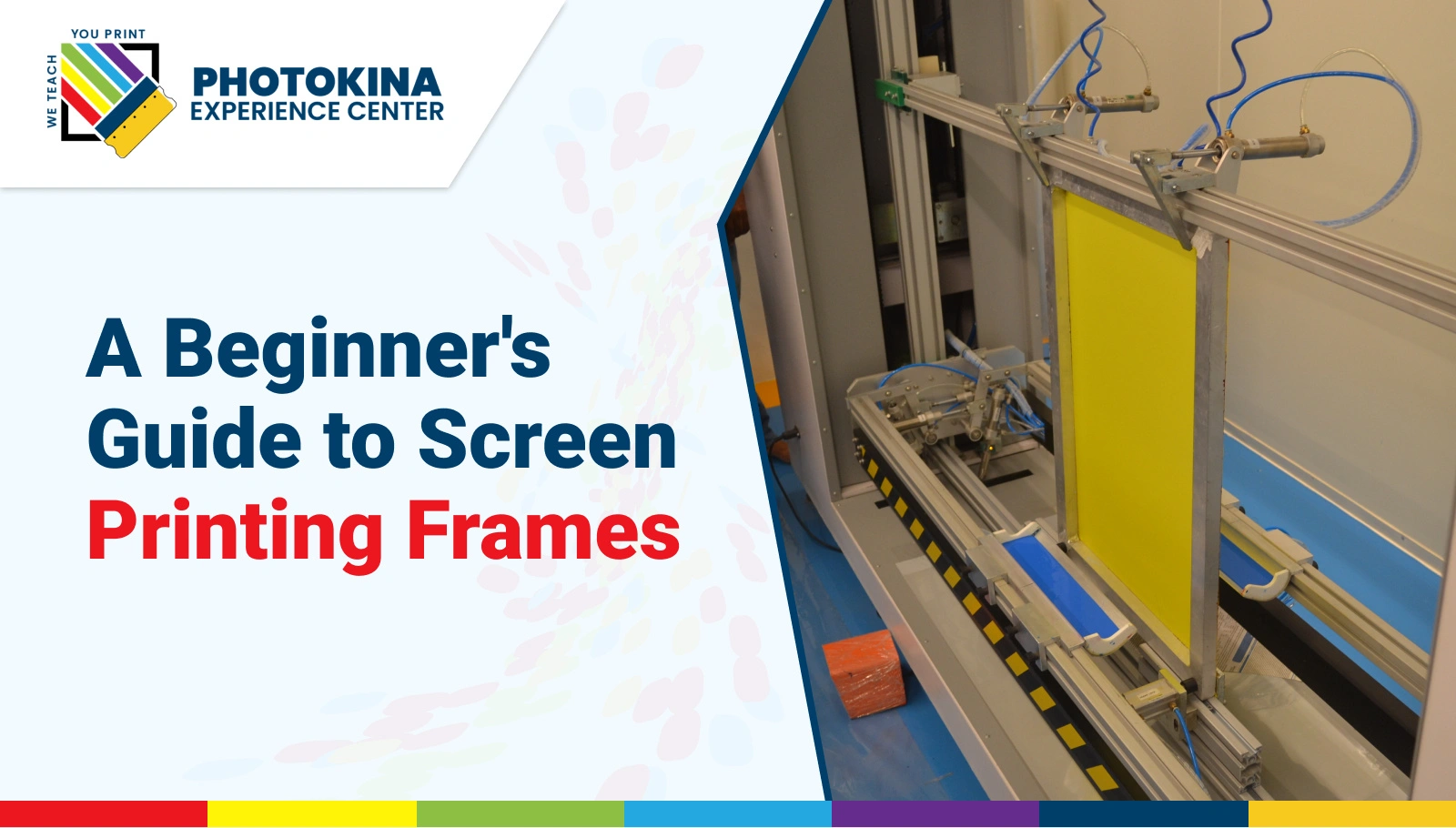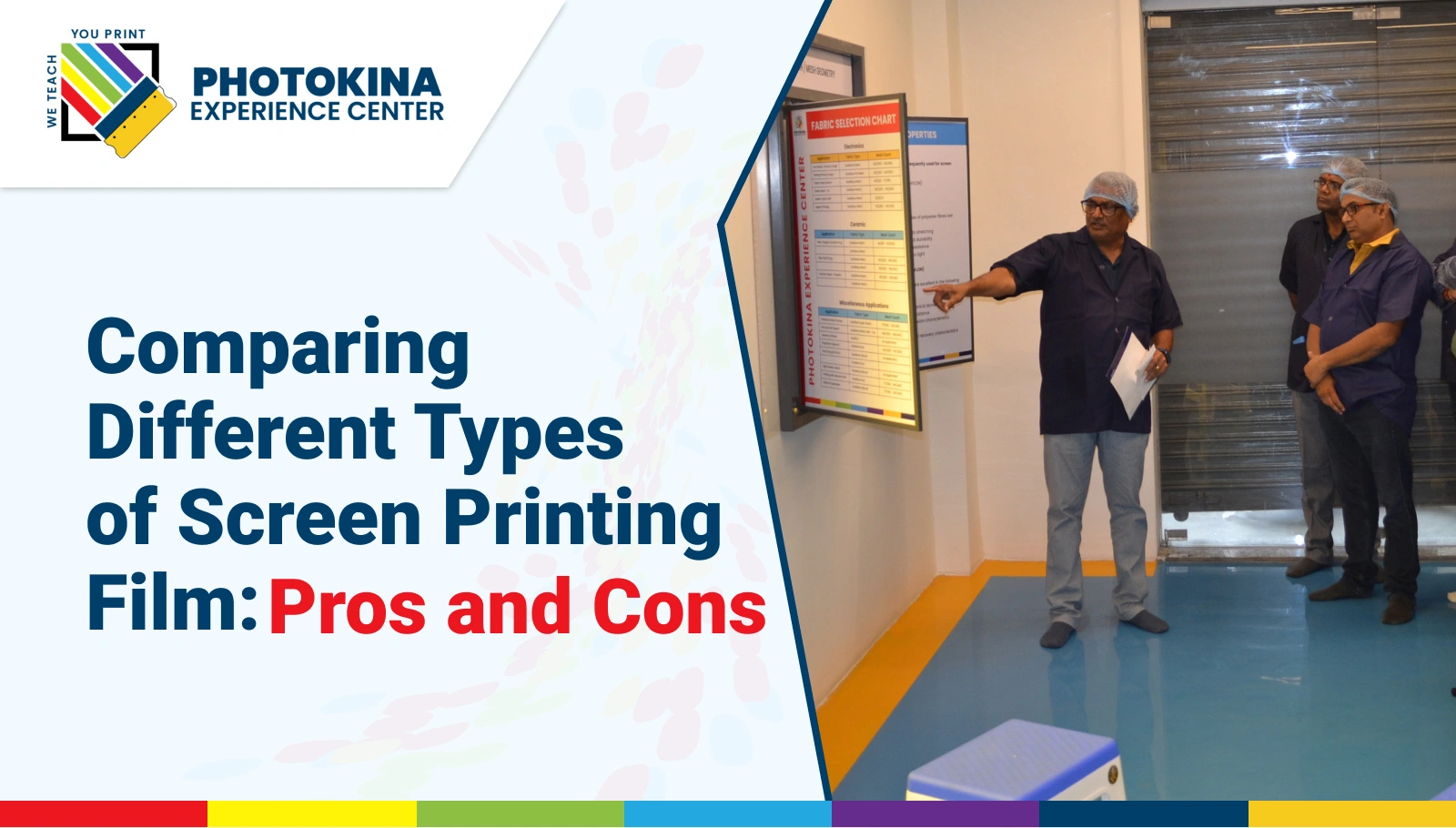
A Beginner’s Guide to Screen Printing Frames
Screen Printing Frames
A Beginner's Guide to Screen Printing Frames
Screen printing combines creativity with precision, and a critical element for achieving high-quality prints is choosing the right Screen Printing Frames. In this beginner’s guide, we’ll explore the basics of screen printing frames, how they function, and how they work together with screen printing emulsion to produce impressive results.
What Are Screen Printing Frames?
The frameworks that keep the mesh firmly in place during printing are called Screen printing frames.These frames are essential for maintaining the correct tension of the mesh, ensuring accurate designs on the substrate. A sturdy, well-maintained frame is key to producing consistent and high-quality prints.
Types of Screen Printing Frames
There are various types of screen printing frames, each suited for different needs and budgets:
- Wooden Frames: A popular choice among beginners due to their affordability and simplicity. These frames are typically made from pine or other softwoods, making them ideal for smaller projects. However, they lack the durability and precision that other materials offer.
- Aluminum Frames: Favored by professionals, aluminum frames are known for their durability and resistance to warping. They provide reliable mesh tension, making them perfect for detailed, high-volume printing projects.
- Retensionable Frames: These advanced frames allow you to adjust the mesh tension, making them perfect for long-term use. By maintaining optimal tension even after multiple uses, these frames ensure consistent print quality over time.
How to Choose the Right Screen Printing Frame
When selecting the best screen printing frame for your project, consider the following factors:
- Project Size: Larger projects require stronger frames, such as aluminum or retensionable frames, to ensure stability and accuracy.
- Frequency of Use: For frequent printing, investing in higher-quality frames will provide better durability and performance over time.
- Budget: Beginners may prefer wooden frames as a cost-effective option. However, as your experience grows, upgrading to aluminum or retensionable frames can enhance print quality and longevity.
Preparing Your Screen Printing Frame for Use
Proper preparation is key to successful screen printing. Here’s how to get your Screen Printing Frames ready for action:
- Cleaning: Before applying emulsion, ensure the frame is clean and free from dust or residue. Use a mild detergent and water to thoroughly clean the frame and allow it to dry completely.
- Mounting the Mesh: Stretch the mesh tightly over the frame, making sure there are no wrinkles or loose areas. Depending on the frame type, secure the mesh with staples or adhesive to hold it in place.
- Applying Screen Printing Emulsion: Once the mesh is mounted, use a scoop coater to apply an even layer of emulsion on both sides of the screen. Allow the emulsion to dry in a dark, dust-free area before exposing it to light.
Using Screen Printing Frames with Emulsion
The relationship between Screen Printing Frames and screen printing emulsion is crucial for achieving sharp, clear prints. Here's what to keep in mind:
- Tension and Alignment: Ensure the mesh is stretched evenly across the frame to maintain proper tension. This prevents blurring and ensures your design’s details are crisp
- Exposure Time: The exposure time for screen printing emulsion depends on the type of emulsion and the light source used. Follow the manufacturer’s recommendations for optimal results.
- Mesh Count: The mesh count on your Screen Printing Frames affects the level of detail in your prints. High mesh counts are ideal for detailed designs, while lower counts are better suited for larger, less intricate prints
Maintaining Your Screen Printing Frames
To ensure longevity and optimal performance of your Screen Printing Frames, follow these maintenance tips:
- Regular Cleaning: After each use, clean the frames thoroughly to remove ink and emulsion residue. This helps prevent buildup and ensures the frames continue performing at their best.
- Inspect for Damage: Check your frames regularly for signs of damage, such as warping or cracks. If you notice any issues, repair or replace the frame to maintain print quality.
Proper Storage: Store your frames in a dry, controlled environment to prevent warping and deterioration, keeping them in top condition for future projects.



